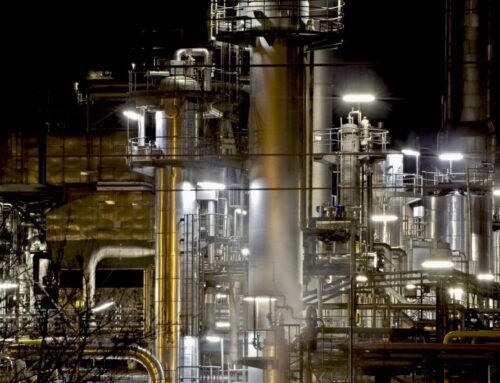Risks of the chemical and pharmaceutical
Risks of the chemical and pharmaceutical. The chemical and pharmaceutical industries are vital segments for the economy, mainly for world welfare, but at the same time, one of the most dangerous places to work. In fact, workers are continually exposed to substances and vapors that are often dangerous and, in the long run, can cause significant occupational health problems, particularly to the respiratory system.
The most vulnerable workers are those employed in the preparation of drugs. They are the ones that come into direct contact with compounds, preparations and chemical agents. There are dozens of active ingredients that can cause problems, but highlight some such as cancer, immunosuppressants, antibiotics, hormones (contraceptives and replacement) and antiretrovirals.
The most serious and common chemical hazard is to the respiratory system, where irritants and vapors can cause severe allergic reactions and lead to the development of chronic diseases. To be more specific, workers in this sector recognize that chronic bronchitis is the most frequent occupational disease caused by exposure to gases, vapors and particulate matter resulting from chemical reactions. However, there are also more subtle diseases, such as inflammation of the skin and tissue, which sometimes take the form of burns and dermatitis that never heal.
In addition, in the most severe cases, particularly dangerous cardiac and lung tumors called mesotheliomas can develop.
The most appropriate personal protective equipment (PPE)
These dangers should not concern workers and these jobs should also not be demonized as long as the appropriate PPE is used and the workers involved in these activities are properly trained and aware of the risks and ways to mitigate them. Respiratory protection equipment (EPRs) are devices designed to protect the respiratory system from harmful particles and vapors. Modern, compact face masks and respirators help maintain occupational health even in the presence of particularly aggressive reagents.
With regard to personal protective equipment (PPE), face masks are undoubtedly the most used PPE. They are equipped with filters with different protection classes, depending on the type of work to be performed. Filters block dust particles, preventing these and other volatile substances from reaching the respiratory system. Filters have a limited service life and need to be replaced periodically, depending on the intensity of use and concentration of risks in the environment.
Motorized ai purifying respirator
PAPR equipped with a face mask or hoods are state-of-the-art devices for protecting the respiratory system of workers operating in saturated and unhealthy environments, as long as there is a minimum percentage of oxygen ( greater than 19.5%). This type of respirator is equipped with a motor unit that uses the contaminated environment’s own air as a supply source, purifying it through combined high-performance filters that produce a constant air flow creating positive pressure inside the hood (or face mask) that prevents the risks from reaching workers’ respiratory tract. These filters are matched filters designed to remove particulates, aerosols and also environmentally organic vapors ensuring proper air quality and exposure within the limits allowed by Fundacentro PPR.
These respirators need regular preventive maintenance and the filters need to be changed periodically for maximum protection to workers’ respiratory system. Breathe’s motorized air purifying respirators are certified to several International Standards, equipped with a compact and lightweight unit, which provides clean and filtered air on demand.










